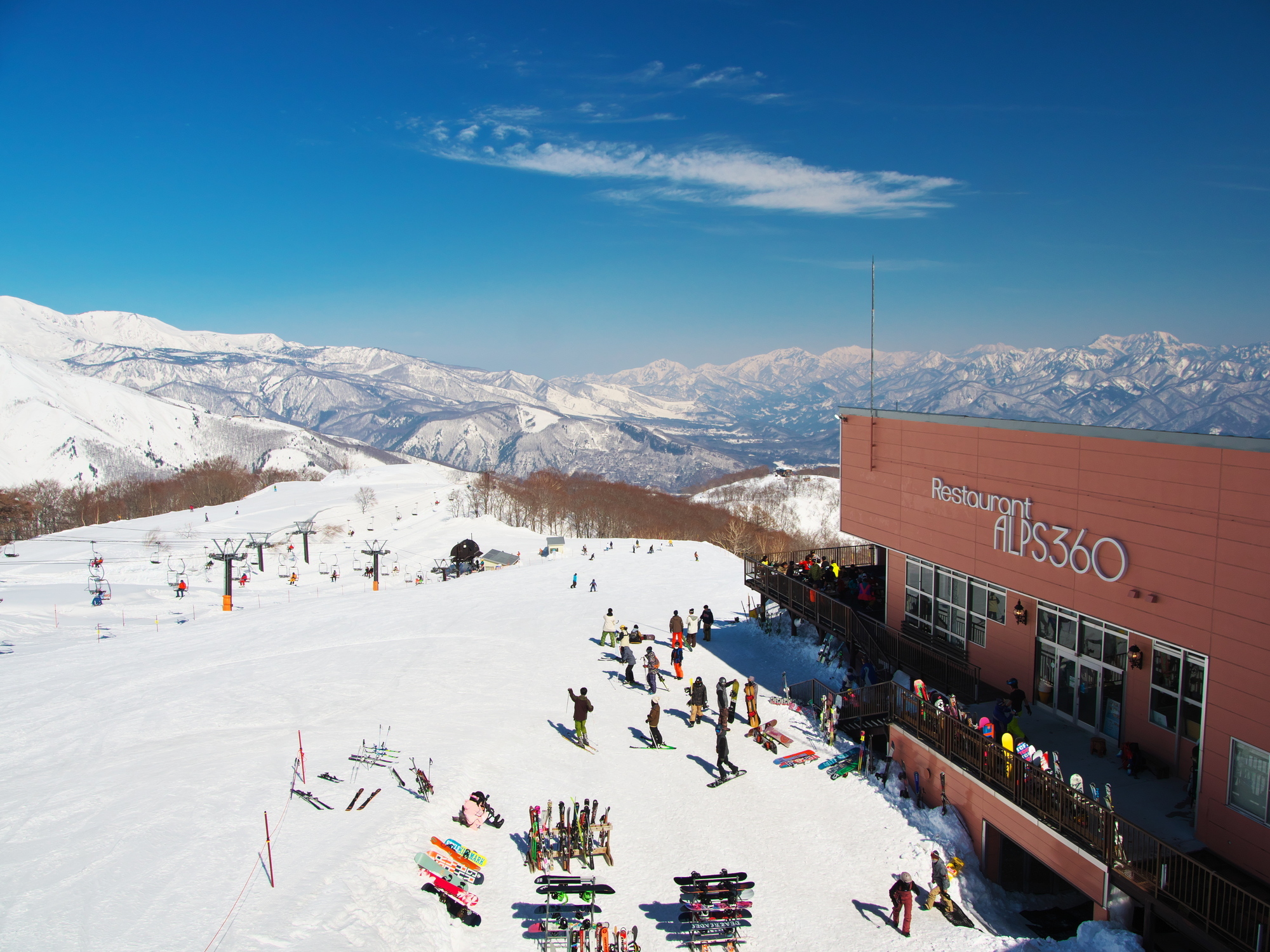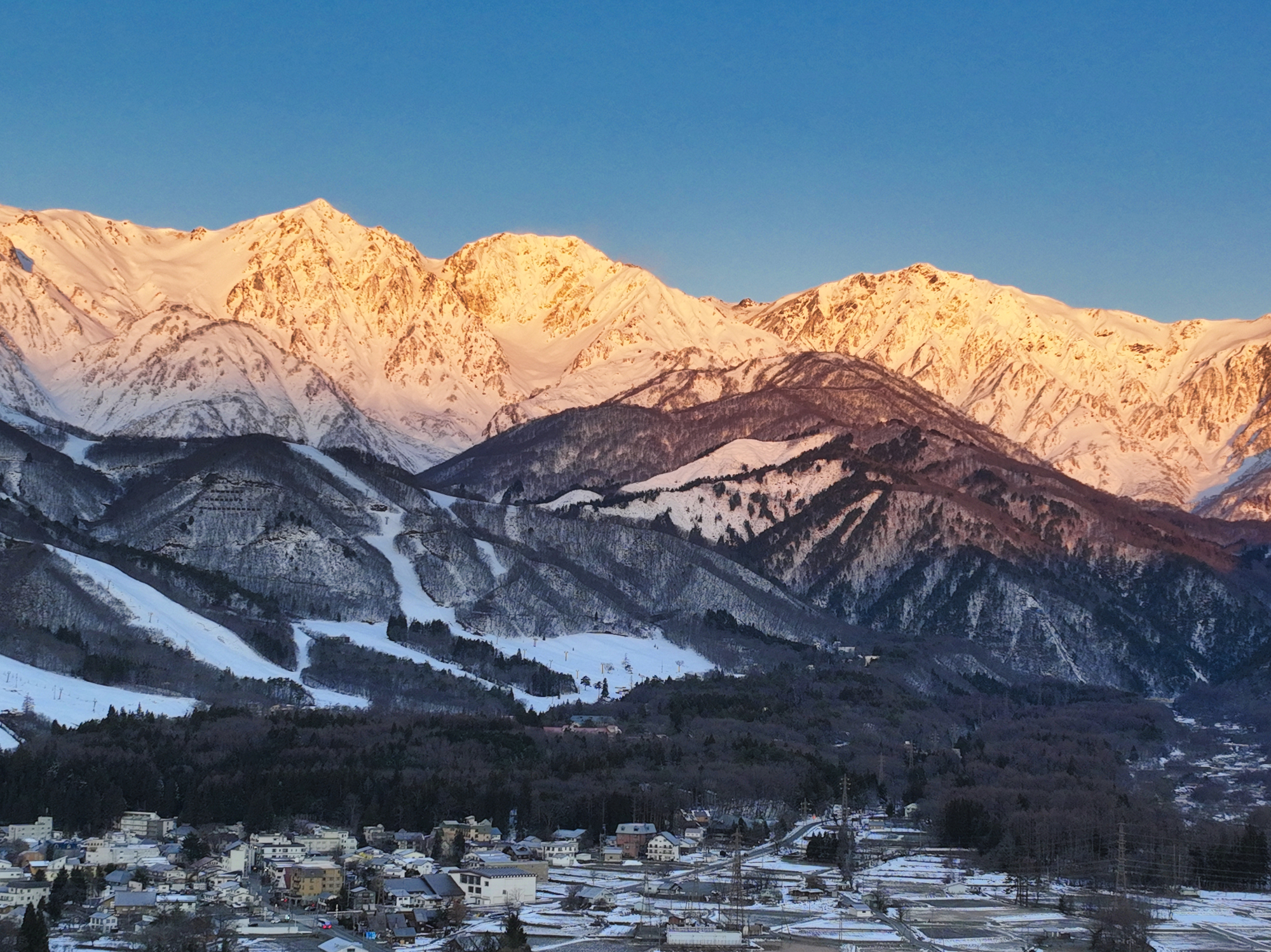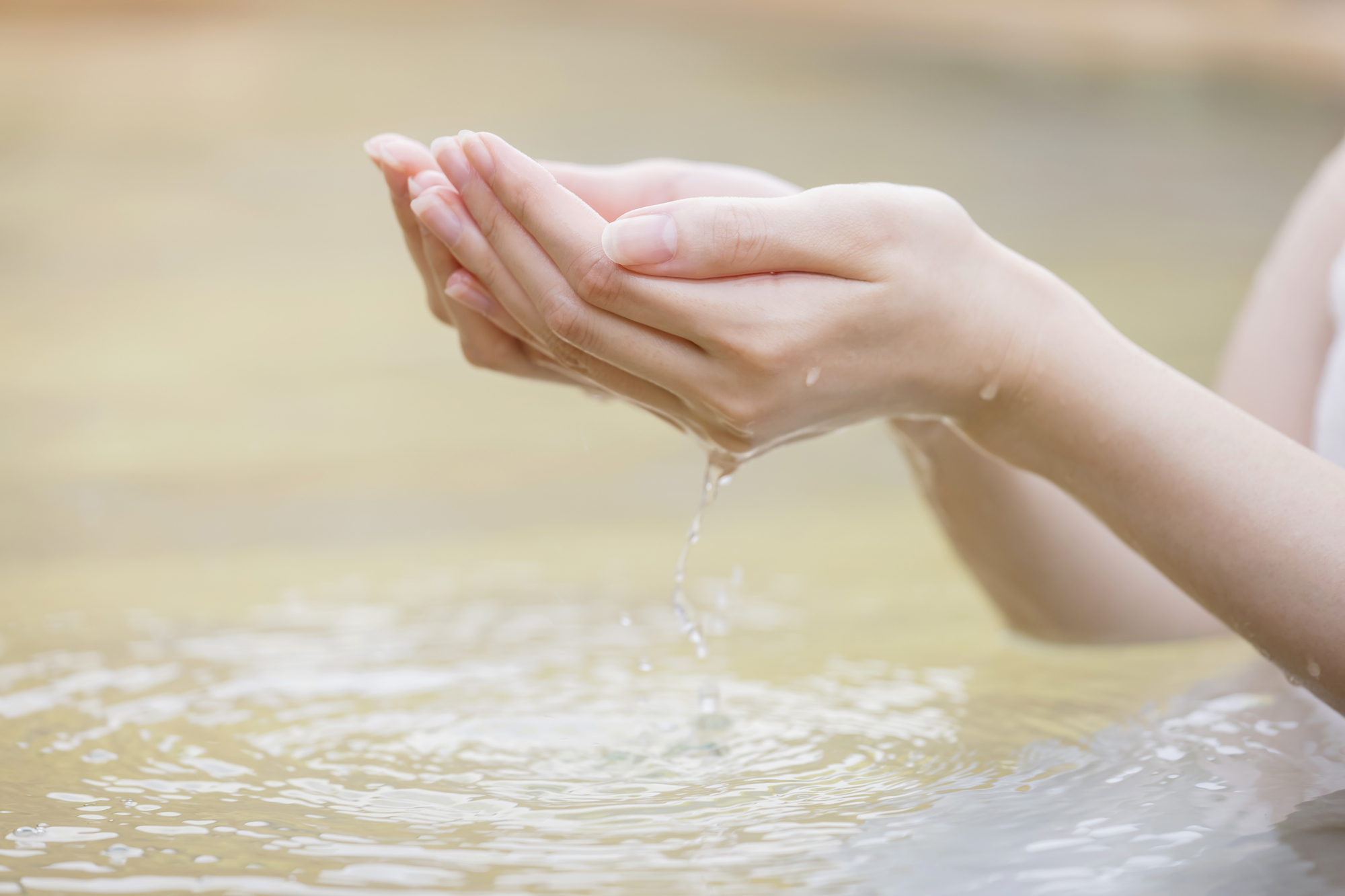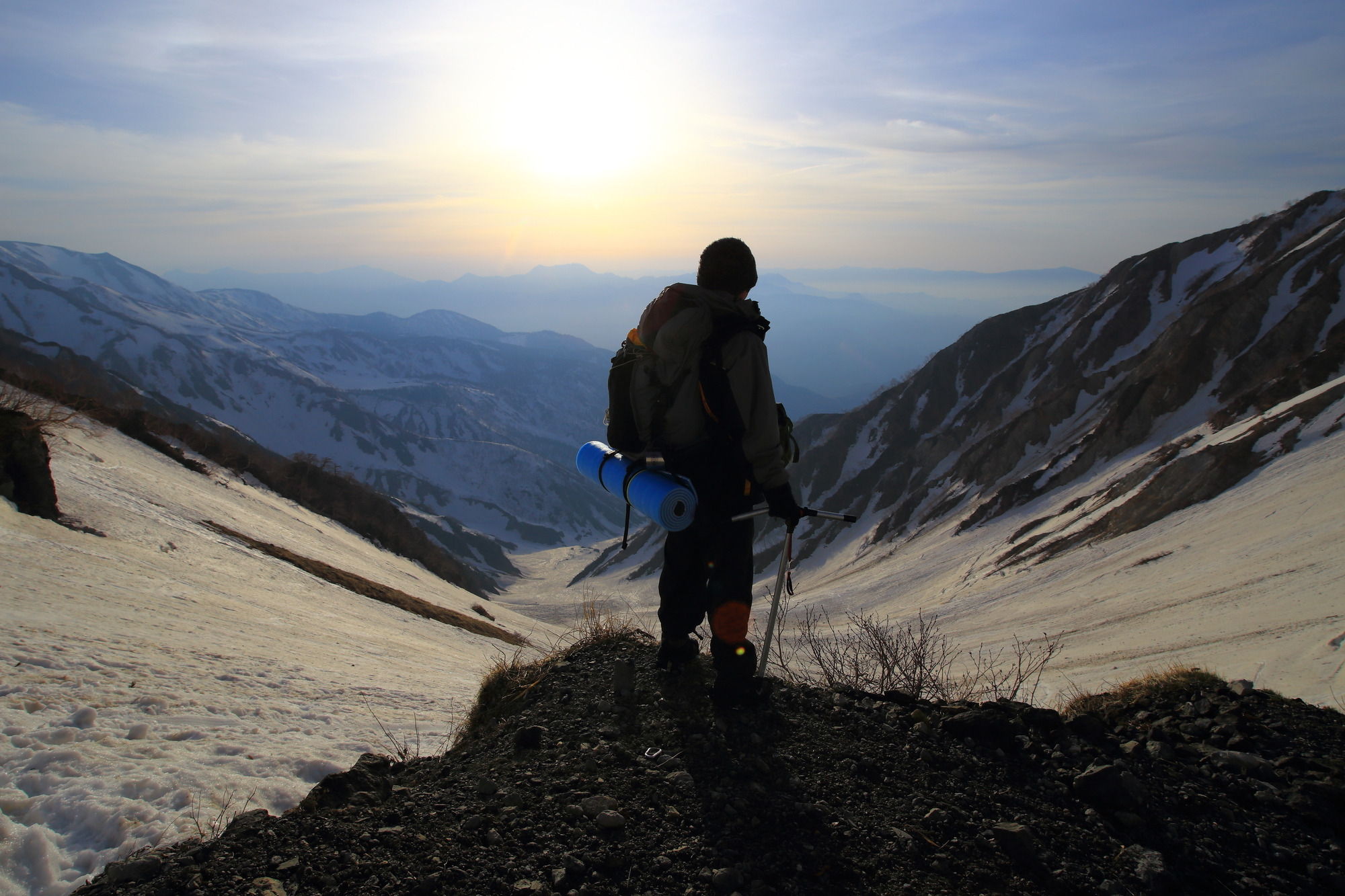Hakuba Village Complete Guide
Safety & International Etiquette in the Sacred Mountains
Table of Contents
This is a Sacred Mountain Sanctuary. Welcome to Hakuba, Embraced by the Northern Japan Alps.

Before you stands the magnificent panorama of the Northern Japan Alps, a chain of 3,000-meter peaks. Sharp ridges piercing the sky, and deep, endlessly vast slopes. If Niseko in Hokkaido is a "paradise of powder snow," then Hakuba Village in Nagano Prefecture is a place more befitting the title of a "sacred ground for mountain freaks"—more dynamic and challenging.
This land, the stage for the 1998 Nagano Winter Olympics, is dotted with legendary slopes where the world's top athletes competed, and facilities that still carry their memories. And its snow quality, a premium powder that rivals Niseko's, combined with a steeper, more varied terrain, continues to attract advanced skiers and snowboarders from all over the world.
This guide is your navigator to challenge Hakuba's majestic nature and to draw out its profound charm to the fullest. The mountains of Hakuba are beautiful, but at the same time, extremely harsh and sometimes dangerous. The manners introduced here go beyond mere rules; they are a "philosophy of a mountain resort" for respecting these great mountains and protecting your own safety. It is also the wisdom for spending the best winter with people of diverse cultures in this internationally vibrant village.
Now, fasten your helmet strap and take a deep breath. With adrenaline and a sense of awe in your heart, let's aim for the summit of the world-renowned HAKUBA.
1.Olympic Memories and Mountain Worship: How Hakuba Became a World-Class Resort
Why does Hakuba captivate so many people from around the world? The answer lies in its history as a vital transportation hub since ancient times, its role as a sacred ground for modern mountaineering, and the memory of a global festival, the Olympics.
1-1. The "Shio no Michi" (Salt Road) from Ancient Times: A Route of Exchange and Faith
In the past, the road that carried salt and seafood from the Sea of Japan to the landlocked province of Shinshu (Nagano) was called the "Shio no Michi," and Hakuba was an important relay point. This road was a conduit not only for goods but also for people and culture. The mountains of the Northern Alps, including the Hakuba Three Peaks (Mt. Shirouma, Mt. Shakushi, Mt. Yari), have long been objects of worship, revered with a sense of awe.
1-2. The Dawn of Modern Japanese Mountaineering: The Mountains Loved by Adventurers
When modern mountaineering techniques were introduced from the West in the Meiji era, the mountains of Hakuba became a challenging stage for many climbers. Their adventures and explorations widely publicized the charm of Hakuba's mountains, laying the foundation for it to become one of Japan's leading mountain resorts. Skiing was also introduced to this area around this time, and the cultures of mountaineering and skiing developed in tandem.
1-3. The 1998 Nagano Winter Olympics: The Moment Hakuba Became Known to the World
The decisive event that made Hakuba world-famous was the 1998 Nagano Winter Olympics. It was the venue for the Alpine Skiing Downhill and Super-G, as well as the Nordic Combined's Ski Jumping and Cross-Country events. The excitement at the Hakuba Ski Jumping Stadium, especially when the Japanese jump team won the team gold medal, is still talked about today. The Olympics led to the development of infrastructure and raised the standard of hospitality to an international level, attracting many skiers from all over the world.
1-4. [2025 Update] The Evolution of HAKUBA VALLEY and the Charm of the Green Season
![1-4. [2025 Update] The Evolution of HAKUBA VALLEY and the Charm of the Green Season](/library/689c2e896e58203ab69c5bd3/68c27eaf55712c79bfe3a0ae.jpg)
Currently, the 10 ski resorts in the Hakuba area are deepening their collaboration under the unified brand "HAKUBA VALLEY." With the introduction of a common lift pass and shuttle buses connecting the resorts, the vast area can now be enjoyed as a single resort. Furthermore, it is evolving into an all-season resort, offering a variety of activities not only in winter but also in the green season from summer to autumn, such as hiking, mountain biking, and scenic terraces.
2.Preparations & Basic Info: Conquering the Vast Snow Area
Understanding the overall picture of HAKUBA VALLEY, with its 10 interconnected ski resorts, will greatly affect your satisfaction with the trip.
2-1. Complete Access Guide from Tokyo, Nagoya, and Osaka
- Shinkansen + Bus (Fastest from Tokyo): Take the Hokuriku Shinkansen from Tokyo Station to Nagano Station (approx. 1.5 hours). From Nagano Station's East Exit, transfer to an express bus for Hakuba (approx. 1 hour 15 mins).
- Limited Express + Train (From Nagoya/Osaka): Take the Limited Express "Shinano" from Nagoya or Osaka Station to Matsumoto Station. From Matsumoto Station, transfer to the JR Oito Line to Hakuba Station.
- Express Bus: Many overnight and daytime express buses run to Hakuba from major cities like Tokyo (Shinjuku) and Osaka, making it the most affordable option.
2-2. Understanding "HAKUBA VALLEY": Features of 10 Ski Resorts and the Common Lift Pass
HAKUBA VALLEY is composed of 10 unique ski resorts, from Jiigatake in the south to Cortina in the north.
- Major Ski Resorts:
〇 Happo-one Winter Resort: The Olympic stage. Famous for its steep slopes for advanced skiers and its vast terrain.
〇 Goryu & Hakuba47: Connected resorts, popular for their diverse courses and large snow parks.
〇 Tsugaike Kogen Ski Resort: With wide, gentle slopes, it's ideal for beginners and families. - HAKUBA VALLEY Ticket: A common lift pass valid at all ski resorts. Essential for those who want to explore multiple resorts over several days.
2-3. Mountain Resort Dress Code: Responding to Altitude Differences and Sudden Weather Changes
HAKUBA VALLEY has significant altitude differences between its ski resorts, and it's common for it to be sunny at the base while a blizzard rages at the summit. Layering is fundamental, similar to Zao. Especially if you're considering the backcountry, professional outdoor wear and equipment capable of handling sudden weather changes are required.
3.[Crucial] Awe of Nature and International Sensibility: 7 Manners to Keep in Hakuba
Hakuba is a serious mountain area where fun and danger coexist. A humble heart towards nature and respect for diverse people are essential.
3-1. The Backcountry is "Mountaineering": Careless Entry Can Be Fatal
The backcountry areas with untouched powder snow are one of Hakuba's greatest attractions, but they are also the most dangerous. It is not an extension of the ski resort. It requires the same preparedness, knowledge, and equipment as winter mountaineering.
|
3-2. Ski Resort Safety Rules: Always Check Information in a Vast Area
Even within the course, safety is not 100% guaranteed. Make it a habit to constantly check information boards and apps for the last lift times, operational changes due to high winds, and course closures. Cultural Context: Thorough self-responsibility and Japan's "Ho-Ren-So" culture. In an international resort like Hakuba, individual "self-responsibility" is strongly required. At the same time, the Japanese teamwork culture of "Ho-Ren-So" (Reporting, Contacting, and Consulting) among group members is also very effective in ensuring the group's safety. |
3-3. Respect for Olympic Facilities: Behavior at the Hakuba Ski Jumping Stadium
The Hakuba Ski Jumping Stadium, the stage of the Olympics, is still an active facility where athletes train, and at the same time, a historical legacy. When visiting, act with respect and quiet so as not to disturb the athletes' concentration or damage the facility. Cultural Context: Respecting the legacy and connecting it to the future. Preserving the Olympic legacy and utilizing it for the development of the next generation of athletes and regional promotion is an important role of the host city. Visitors are also expected to be aware that they play a part in this. |
3-4. Enjoying a Multinational Community: Mutual Respect and Communication
Hakuba, especially the Echoland area at its base, is a very international community with travelers and staff from various countries. Interact with people from different cultures and customs with an open mind and mutual respect. Being excessively noisy in bars and restaurants is prohibited. Cultural Context: Japan's "Omotenashi" (hospitality) and the modern attitude of embracing diversity. The traditional Japanese spirit of "omotenashi" has evolved in modern times into an attitude of warmly welcoming people from diverse cultures. Visitors, as members of this community, are also expected to act in a way that values harmony. |
3-5. Onsen Etiquette: Healing the Body with Gratitude for the Mountain's Blessings
Hakuba also has wonderful hot springs to soothe a tired body. When bathing, follow basic Japanese onsen manners, such as rinsing your body before entering ("kake-yu") and not putting your towel in the bathwater. Cultural Context: The sanctity of onsen linked to mountain worship. Since ancient times in Japan, mountains themselves have been objects of worship, and the hot springs that gush from them were considered sacred blessings. Soaking in the hot water with a feeling of gratitude leads to healing of both body and mind. |
3-6. To a Beautiful Mountain Landscape into the Future: Pack-in, Pack-out and Environmental Protection
Most of the Hakuba area is a precious natural environment included in the Chubu-Sangaku National Park. Be sure to take all of your trash with you, down to the last tissue. Cultural Context: Responsible behavior in a special place called a National Park. A National Park is a place designated by the country as a treasure to be protected for all time. More environmentally conscious and responsible behavior is required there than usual. |
3-7. Gratitude to the Rescue Teams: Not Bothering Them is the Greatest Contribution
In case of an accident, it is the mountain rescue teams who risk their lives to save you. The biggest burden on them are accidents caused by reckless plans and inadequate preparation. Making a safe plan and knowing your limits is the greatest respect and contribution you can make to them. Cultural Context: Respect and gratitude for the "unsung heroes." In Japan, there is a culture of respecting people who support society from behind the scenes, calling them "en-no-shita-no-chikaramochi" (the power under the floor). The mountain rescue teams are a symbol of this. |
4-1. The Majestic View of the Hakuba Three Peaks: Best Viewpoints and Photography Tips

4-2. Behind the Scenes of the Olympics: The Hakuba Ski Jumping Stadium and Memorial Hall
4-3. Après-Ski Fun: The Multinational Nightlife in Echoland
The nightlife in Hakuba is most vibrant in the "Echoland" area, where restaurants and bars are concentrated. From authentic multinational cuisine restaurants to casual pubs for a quick drink, you can enjoy an international atmosphere where people from all over the world gather and interact.
4-4. Hakuba Happo Onsen: Japan's Top High-Alkaline Skin-Beautifying Spring

With a pH of over 11, this is one of the most alkaline hot springs in Japan. It is known as a "bihada-no-yu" (skin-beautifying spring) because it makes your skin feel smooth and silky. It's perfect for relaxing tired muscles from skiing and refreshing your skin.
5.Planning Your Trip: Model Itineraries for Your Level
5-1. [2 Nights, 3 Days] For Beginners & Families! A Course to Enjoy the Olympic Atmosphere
- Day 1: Arrive in Hakuba. After checking into your inn, get your ski legs back on the gentle slopes of Tsugaike Kogen Ski Resort.
- Day 2: Take a lesson at a ski school. In the afternoon, visit the Hakuba Ski Jumping Stadium.
- Day 3: Enjoy the family-friendly courses at Hakuba Goryu Ski Resort, take a dip in an onsen, and then head home.
5-2. [Long Stay] For Advanced Skiers! Conquering HAKUBA VALLEY and an Introduction to the Backcountry
- Days 1-3: Using the HAKUBA VALLEY ticket, ski the famous courses of various resorts like Happo-one, Goryu & 47, and Cortina.
- Days 4: Rest day. Go onsen hopping or relax in Echoland.
- Days 5: Hire a professional guide for an introduction to the backcountry in the relatively accessible Happo-one area.
- Days 6-7: Depending on the weather and snow conditions, chase the best powder and head home on the final day.
The Humility Towards the Mountains to Take Home with You

When you finish your trip to Hakuba, your smartphone will be filled with photos of magnificent mountains and videos of your best runs. However, there is something even more valuable. It is the joy of knowing your own limits in the face of the great nature of the Northern Alps, yet still challenging them, and the "humble heart" you developed towards nature.
Following safety rules, constantly checking mountain conditions, and cooperating with your companions. Each of these actions is an expression of respect for the mountains. Hakuba is not just a place to ski; it is a great school that teaches you how to face nature. If you can engrave its teachings in your heart, your snow life will surely become safer and richer.

